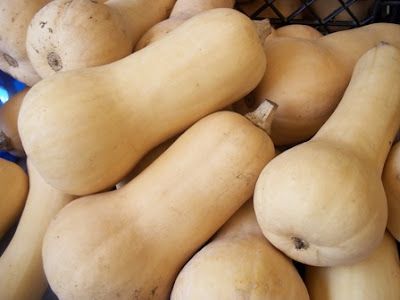You can feel it deep in your soul, even if the weather isn’t quite cooperating. Aromas seem more intense, the harvest moon and stars seem infinitely brighter and every breath you take fills you with anticipation. Autumn has arrived. And, although the thermometer is still flirting with 80 degrees, the vegetables at Restoration Farm have changed – darker flesh, thicker skin and deeper, earthier flavors.
Countless pounds of potatoes have been plucked from the soil, some rose pink and others burnished gold. How do you describe the taste of a freshly harvested potato? Words seem inadequate, but you know that all previous potatoes were pale imitations of this rich, creamy flesh and nutty aroma.
These potatoes require a recipe that offers simplicity and a showcase. I chose a traditional Spanish Tortilla – a potato omelet – comprised only of potatoes, eggs, olive oil and salt. Using a 10-inch non-stick skillet, two-and-a-quarter pounds of red and gold potatoes are sliced thin and sautéed in two cups of olive oil until tender. The finished potatoes are seasoned with salt and white pepper and drained. They are then combined with a mixture of 8 eggs beaten vigorously with a pinch of salt. Add two tablespoons of olive oil back into the pan, heat over medium heat and then pour in the egg and potato mixture. Press down the potatoes, and shake the pan periodically as the eggs set, so that the omelet doesn’t stick to the pan. After about 10 minutes, invert the tortilla onto the lid of the skillet, and then slide it back into the skillet with the cooked side up. Continue to heat until the bottom is set and golden. Transfer to a serving plate and serve at room temperature.
It seems fitting to eat the tortilla where the potatoes were grown, and I bring the dish to the Pot Luck Dinner celebrating the autumnal equinox at Restoration Farm. The heat – and the flies – makes it feel a bit like early August, but the conversation is lively and there is music and an endless array of good food to share. I think I experience real happiness from the gatherings at this historic farm, where the past, the soil, people and fresh food unite in one community.
It is quieter as you walk in the field after the meal. There are still some plum tomatoes on the vines, but the fields seem sparser and the sunflowers have closed and bowed their heads.
The late afternoon sun hangs lower in the sky. Is it really possible that the end of the growing season is just beyond the horizon?
©2010 T.W. Barritt All Rights Reserved




































